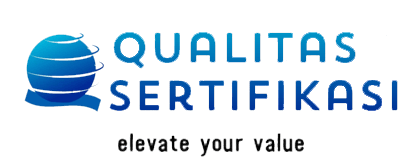ニュース
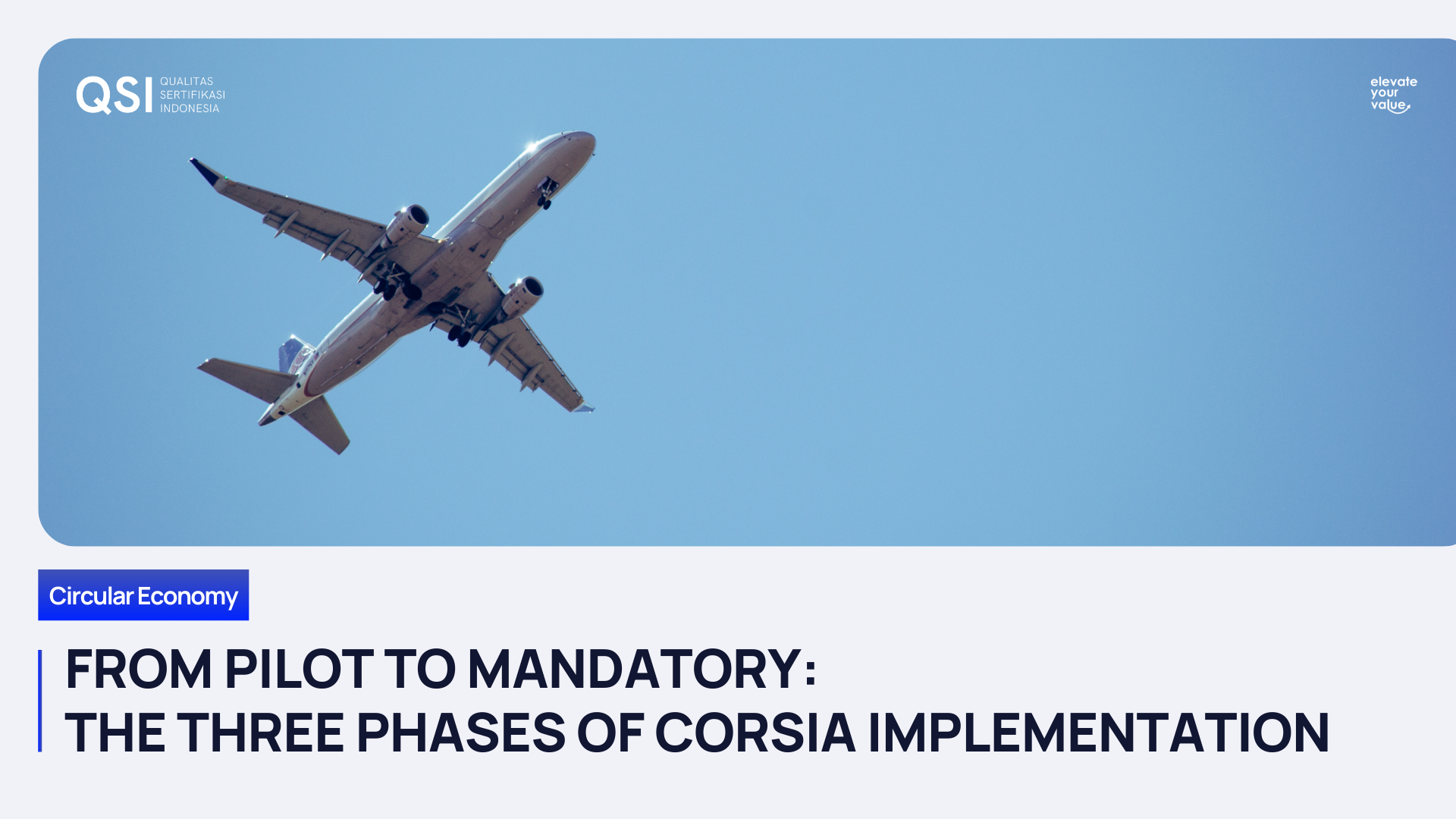
By Muhammad Imam Taufik
•
2025年1月7日
International aviation plays a crucial role in our interconnected world, but it comes at a significant environmental cost. The industry is responsible for approximately 900 million metric tons of CO2, accounting for about 2.5% of global carbon dioxide emissions, a figure that is projected to grow significantly in the coming decades. Recognizing this pressing challenge, the International Civil Aviation Organization (ICAO) established the Carbon Offsetting and Reduction Scheme for International Aviation (CORSIA) in 2016. How CORSIA Works CORSIA operates on a straightforward principle: airlines are required to offset their carbon emissions by investing in approved carbon reduction projects. These projects can range from renewable energy initiatives to reforestation efforts, all aimed at reducing or removing greenhouse gases from the atmosphere. The offsetting mechanism ensures that the aviation industry's growth does not come at the expense of the environment. The Three Phases of CORSIA Implementation Pilot Phase (2021-2023) The Pilot Phase of CORSIA, spanning from 2021 to 2023, was designed to serve as a testing ground for the scheme. During this phase, participation was voluntary, allowing states to opt-in and gather valuable data on carbon emissions from international flights. This phase played a crucial role in setting the baseline for future offsetting requirements by providing insights into emission levels and the effectiveness of the program. First Phase (2024-2026) Starting on January 1, 2024, CORSIA entered its First Phase. This phase marked the expansion of the scheme, with more states choosing to participate voluntarily. The baseline for offsetting requirements during this phase is set at 85% of 2019 emissions. This means that airlines need to offset any emissions above this baseline by investing in carbon reduction projects or purchasing carbon credits. The First Phase is essential in bridging the gap between the initial testing period and the full implementation of the scheme. Second Phase (2027-2035) The Second Phase of CORSIA, commencing in 2027, is a significant milestone as participation becomes mandatory for all ICAO Contracting States. The inclusion criteria are based on 2018 Revenue Tonne Kilometer (RTK) data, ensuring that countries with higher levels of international aviation activity contribute proportionally to emission reduction efforts. This phase aims to achieve more ambitious emissions reduction targets and reinforces the global commitment to combat climate change. The Importance of ISCC CORSIA The International Sustainability and Carbon Certification (ISCC) plays a critical role in supporting CORSIA. ISCC CORSIA certification ensures that the carbon credits used to offset emissions meet stringent sustainability criteria. Here's how ISCC CORSIA makes a difference: Credibility and Trust : By adhering to rigorous standards, ISCC CORSIA provides assurance that the carbon offsets are genuine, verifiable, and contribute to real emissions reductions. This credibility is vital for gaining the trust of stakeholders, including airlines, governments, and consumers. Sustainability : ISCC CORSIA promotes sustainable practices across the supply chain. This includes ensuring that biofuels and other renewable resources used in aviation are produced in an environmentally responsible manner, thereby supporting the broader goals of sustainability and carbon neutrality. Transparency and Accountability : The certification process involves detailed documentation and auditing, enhancing transparency and accountability. This helps prevent fraudulent activities and ensures that the carbon credits are traceable and legitimate. Global Collaboration : ISCC CORSIA fosters international cooperation by establishing a common framework for sustainability certification. This enables countries and airlines to work together towards a shared goal of reducing aviation's carbon footprint. The Impact on the Aviation Industry CORSIA's implementation has brought about several significant changes in the aviation industry: Increased Accountability : Airlines are now more accountable for their carbon emissions, promoting transparency and encouraging sustainable practices. Innovation in Carbon Reduction : The need to offset emissions has spurred innovation in carbon reduction technologies and practices within the aviation sector. Economic Opportunities : The demand for carbon credits and investment in carbon reduction projects has created economic opportunities in various sectors, including renewable energy and sustainable agriculture. CORSIA is a landmark initiative in the aviation industry's journey towards sustainability. By addressing carbon emissions through a phased approach, it lays the groundwork for long-term environmental stewardship. The support of ISCC CORSIA is indispensable in this effort, providing the necessary certification and credibility to ensure that carbon offsetting is both effective and trustworthy. For more information about the ISCC CORSIA, please visit our website or contact us today!
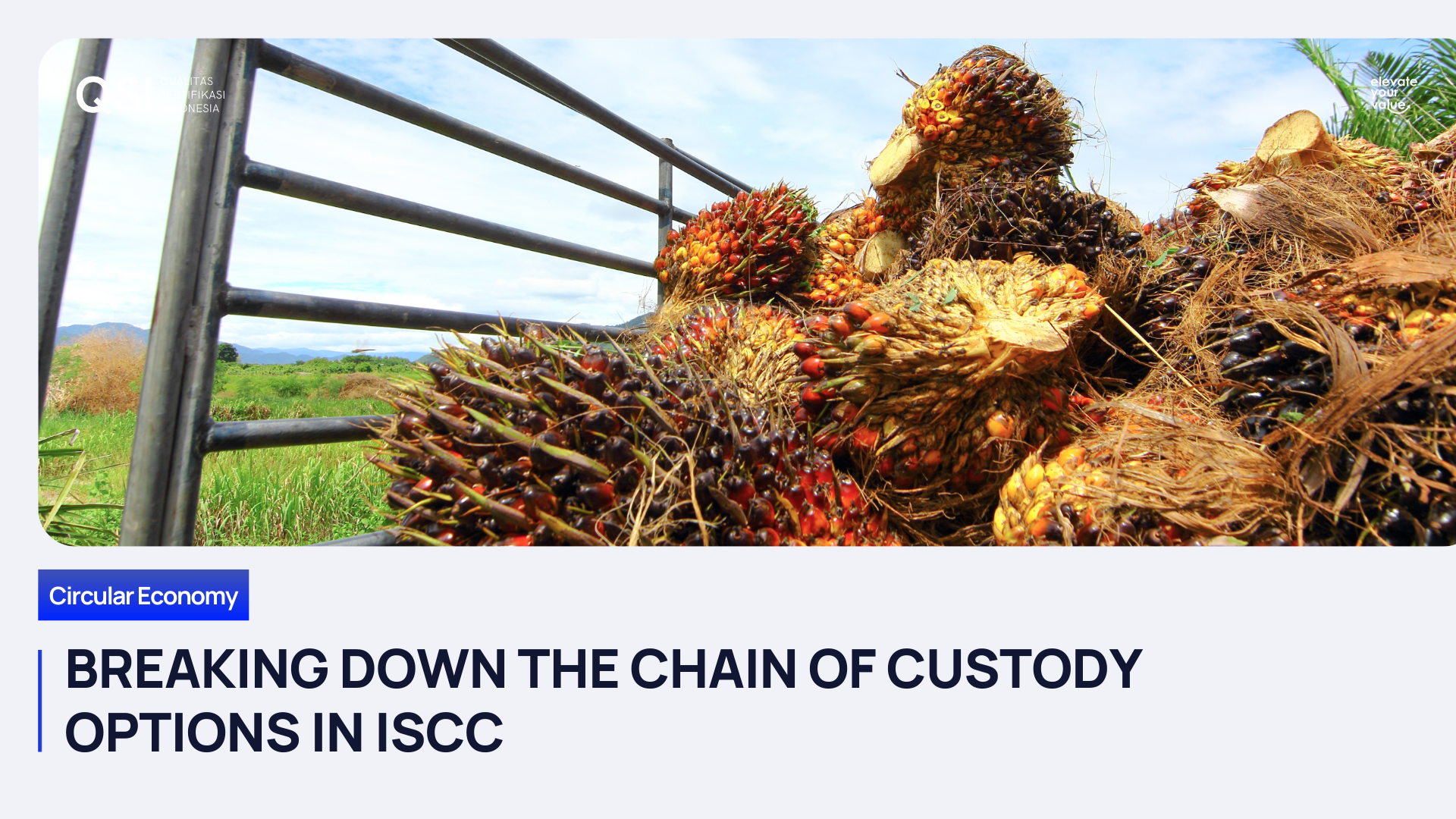
By Muhammad Imam Taufik
•
2024年12月23日
Let's face it, these days, businesses can't sweep supply chain traceability under the rug anymore. In many key markets, supply chain traceability isn't optional—it's a legal requirement. Regulators, particularly in countries like in the EU and increasingly elsewhere, are demanding strict transparency. Being able to trace a product right back to its origin has become a non-negotiable condition for doing business within these jurisdictions. That's where ISCC comes in. It provides a standardized framework, recognized by regulatory bodies, for companies to demonstrate they're meeting these mandatory traceability requirements. This is absolutely crucial for maintaining market access. What is Traceability? So, what exactly is traceability? Simply put, it's about being able to track and verify the whole journey of materials and products—the entire supply chain, from beginning to end. This kind of transparency makes sure every step of the production process is checked out and that sustainable practices are actually being used. With ISCC-certified products, this traceability goes even deeper. Every single operator in the supply chain is certified, so you've got complete accountability from start to finish. How ISCC Ensures Traceability ISCC uses different methods to ensure materials meet sustainability standards and are traced correctly throughout the supply chain. These methods vary, but each has its own advantages that support business needs and consumer confidence. Mass Balance The mass balance approach tracks the quantity and characteristics of renewable or biobased materials throughout the value chain. By documenting and balancing inputs and outputs, companies can back up their sustainability claims with proof. This is ideal for companies starting their sustainability journey and those looking for a flexible yet robust system. Controlled Blending In controlled blending, companies account for the renewable content in their final products, especially under ISCC PLUS. This way the sustainability of the materials can be tracked and verified, so companies can meet high standards while being transparent. Perfect for industries transitioning to sustainability and want to keep their environmental promises. Physical Segregation For companies who want the highest level of transparency, physical segregation is the most strict approach. This method ensures that only certified, sustainable materials are used in production, and every step of the process—from storage to transportation—is separate to maintain the integrity of the certified product. Perfect for eco-conscious consumers who want credible sustainability claims. The Value of Traceability along Supply Chains Securing ISCC certification is a strategic imperative for businesses navigating evolving regulatory landscapes. It ensures compliance with increasingly stringent sustainability mandates, particularly in sectors subject to regulations on biofuel production, renewable energy targets, and sustainable sourcing. By achieving ISCC certification, companies proactively mitigate risks associated with non-compliance and demonstrate adherence to industry best practices recognized by regulatory bodies. This not only safeguards market access but also positions businesses to capitalize on emerging opportunities within regulated sustainable markets. For more information about the ISCC, please visit our website or contact us today!
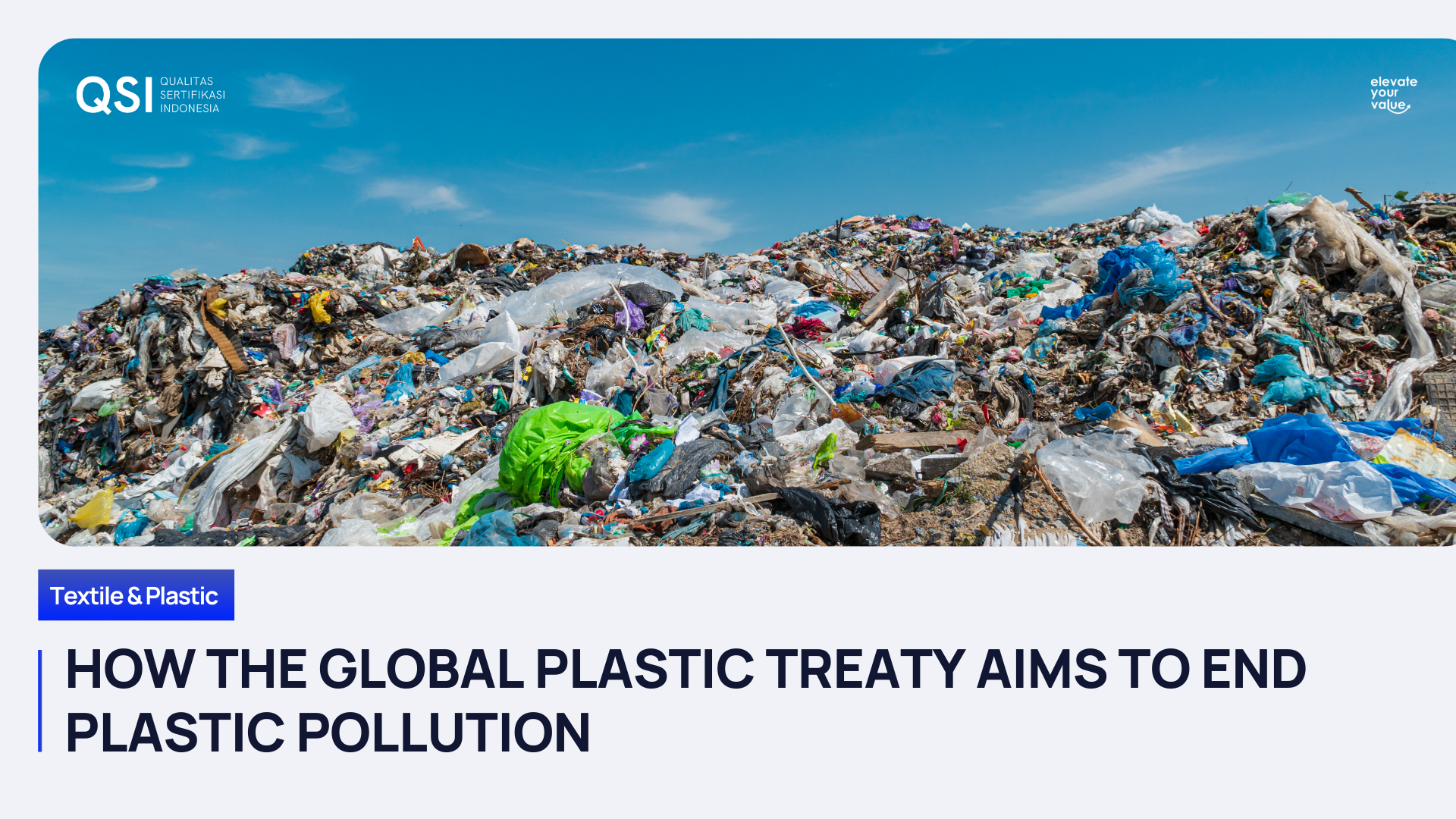
By Muhammad Imam Taufik
•
2024年12月19日
As a result of the increasing problem of plastic pollution in the world, the UN Environment Programme (UNEP) Executive Director Inger Andersen emphasized the need for a Global Plastics Treaty by announcing the start of the Paris accord-like process with legal instruments to deal with plastic pollution in March 2022 at the resumed fifth UN Environment Assembly (UNEA-5.2). This was approved in 175 countries and it seeks to focus on the entire lifecycle of plastics, from its design to production and disposal. What is the Global Plastic Treaty? The Global Plastic Treaty is a proposal for an international agreement that aims to plan in detail the ways of combating plastic pollution including its manufacture and utilization which ultimately would result in a decrease of global plastic pollution. This project is being set within UNEP and has been actively supported by various coalition of governments, industries and groups working for the environment. Why is the Treaty Necessary? All the economic losses due to pollution caused by plastics are equally huge, the loss of billions of dollars each year owing to its effects on fisheries, tourism and the well being of people. In addition to this, the sickening image keeps the use and burning of plastics contributes and accentuates the emission of greenhouse gases. Taking into attention the size of these challenges, global production of plastics is likely to double by 2040 , if the current trends remain unabated. These multifarious issues are targeted by the three pillars of the Global Plastic Treaty through an all-inclusive legal approach, which are: Principle 1: Understanding Plastics as Carbon and Chemicals; Principle 2: Addressing the Harmful Health Effects from Chemicals in Plastics; Principle 3: Recognizing that Toxic Chemicals Make Plastics Incompatible with a Circular Economy. Key Aspects of the Global Plastics Treaty Lifecycle Approach : The Treaty seeks to reduce plastic pollution and plastic usage through measures such as eliminating the need for single use plastic, increasing the safe and viable options available, ensuring responsible production and consumption, modifying recycling approaches, and managing wastage of plastic by targeting pollution at every stage of plastic’s life cycle. Binding Targets : The Treaty suggests legally enforceable initiatives to reduce plastic usage which include specific targets for recycling as well as the percentage of plastic in consumer goods which has been recycled. Extended Producer Responsibility (EPR ): The Treaty supports abandoning End of Product Life policies owned by the producers as it introduces a new concept of Environmental Pollution Responsibility (EPR) that pushes the manufacturers, wholesalers, and retailers to be responsible in controlling wastes created after the sale of their products. Just Transition : The Treaty advocates a “Just Transition” for informal waste pickers with a focus on ending poverty through safeguarding the resource sector along with livelihoods for that sector in more economically developed industries. Global Cooperation : The Treaty underscores the need for developed countries to lend a helping hand in the reduction of plastic usage in developing countries by providing financial and technological support to achieve set goals. Environmental and Health Protection : Finally, the Treaty highlights the importance of being able to take legal action against irregularities in plastic supply chains as that will help in reducing the negative impact on health as well as the production of micro and nanoplastics that leak into water bodies. It also mentions the issue of impact of plastics in the climate change context and seeks to move towards a paradigm shift that would decrease the greenhouse gas emissions associated with the life cycle of plastics. Progress and Challenges This treaty has advanced towards its objectives since its inception. In 2013 negotiations started in a more organized fashion when an Intergovernmental Negotiating Committee (INC) was formed for the purpose of drafting the Treaty in 2024. During these negotiations, various stakeholders including industry, academia and civil society representatives have been engaged in discussions to ensure balance and inclusiveness. However, challenges remain. Enhanced expectations of the developed countries, related to funding, technology transfer and historical pollution responsibility have made negotiations intractable. Moreover, plastic-dependent industries have raised alarm bells on the negative economic ramifications that enacting strict regulations would have. Plastic Pollution Reduction Standard (PPRS) One of the key components which supports the Global Plastic Treaty is the Plastic Pollution Reduction Standard (PPRS) of PCX Solutions. The PPRS offers a distinct and attainable framework which provides guidelines for plastic offsetting programs. It defines controllable conditions which must be emphasized including stringent environmental and social impact policies, and the availability of a mechanism to monitor performance and provide accountability with full disclosure of all information. Furthermore, the PPRS-registered Projects can generate one plastic credit for every metric ton (MT) of post-consumer plastic waste that has documented collection and End-of-Waste processing. Credits can only be generated within the validated scope of the project as approved by its VVB. The Global Plastic Treaty is an important milestone in protecting the future. It seeks to combat plastic pollution in a unified manner while fostering cooperation among nations to safeguard the earth and protect its environment for future peoples. The success of this Treaty relies on the willingness of all affected countries to work together. For more information on the PPRS, check out our website or give us a call !
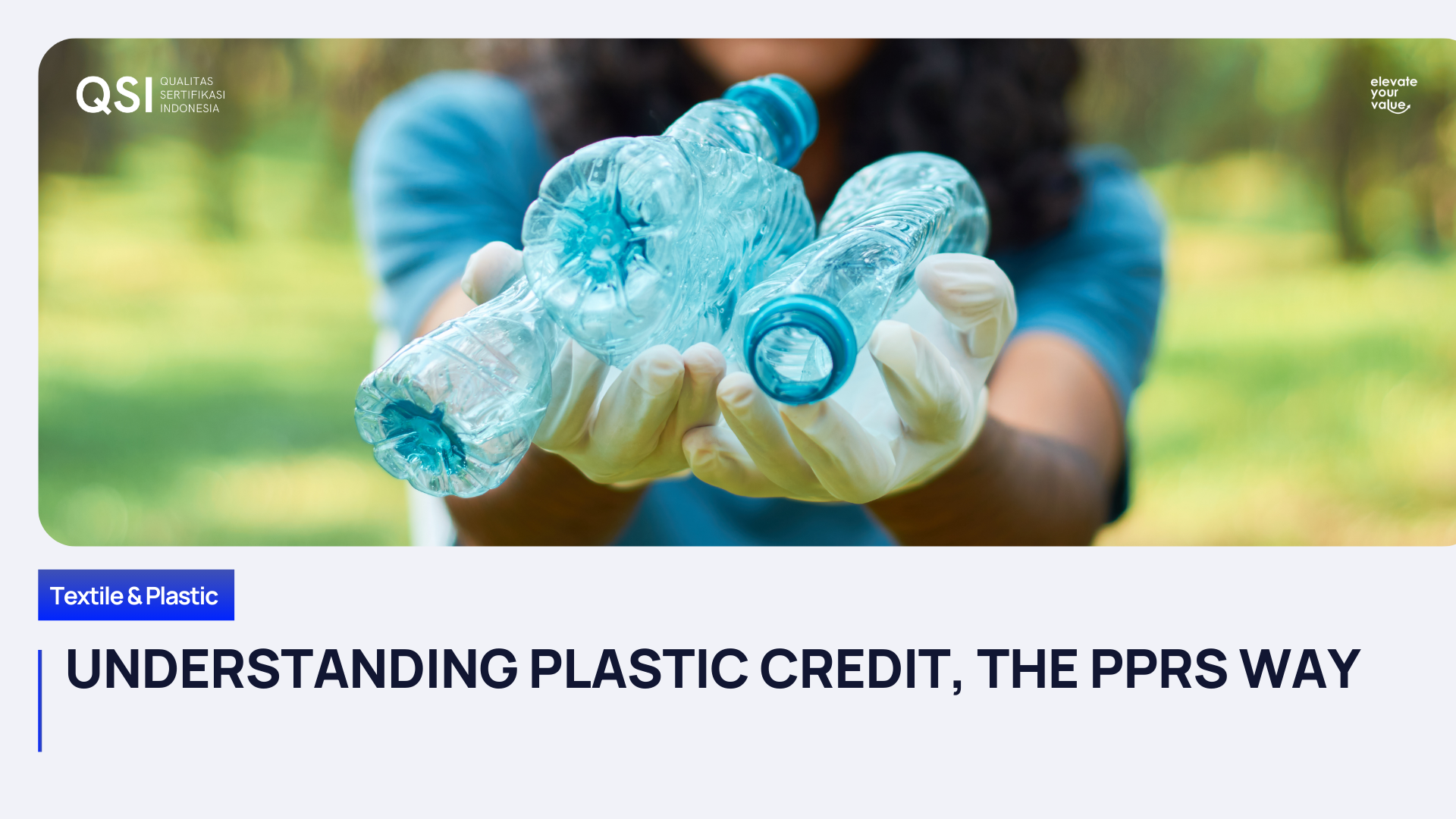
By Muhammad Imam Taufik
•
2024年12月11日
In recent years, the global community has scaled up efforts to counter plastic pollution that is everywhere and threatens ecosystems and human health. Among various strategies, one innovative approach gaining traction is the concept of plastic credits. Examples of such initiatives include the Plastic Pollution Reduction Standard (PPRS) from PCX Solutions, which enables companies to offset their plastic footprints through plastic credits. This system not only incentivizes responsible ways of waste management; it encourages accountability and promotes transparency in tackling plastic pollution. But what exactly are plastic credits, and how do they work under the PPRS? What are Plastic Credits? Plastic credits work similarly to carbon credits in that they are a quantifiable unit of plastic waste collected, recycled, or otherwise removed from the environment. These can then be bought by companies or organizations to offset their plastic footprint, thereby contributing to reducing plastic waste. The PPRS The Plastic Pollution Reduction Standard (PPRS ) is a globally recognized framework developed by PCX Solutions to address the growing challenge of plastic waste. It sets rigorous guidelines for the recovery, processing, and accountability of post-consumer plastic waste, enabling the issuance of verified plastic credits. The PPRS ensures transparency, traceability, and measurable environmental impact through its structured processes and third-party validations. The Mechanism Behind Plastic Credits within PPRS It typically involves four major players in the process: Aggregator : A person or organization, either governmental or non-governmental, that collects post-consumer plastic waste from different sources and consolidates it for delivery to processors. Processor : Any organization that receives, treats, or transforms post-consumer plastic waste into other useful forms through material or energy recovery (End-of-Waste). Verification and Validation Body (VVB) : A third-party organization, independent from PCX Solutions and the Project Partner, which has been accredited by PCX Solutions to conduct validation and verification of Projects for the purpose of assessing conformance with the PPRS. PCX Solutions also engages a VVB to verify the credits pre-issuance. The VVB engaged to conduct impact verification is referred to as the "Impact Verification Auditor." Plastic Credit Buyer : A person, organization, or company involved in plastic pollution reduction, avoidance, and/ or liability (i.e. by purchasing plastic credits). The Process of Plastic Credit Issuance The PPRS plastic credit system is based on a highly detailed and transparent issuance process: 1. Collection and Processing of Plastic Waste The journey starts at the collection and processing of plastic waste. The project partners at this stage must take due care that the waste being handled conforms to the requirements of the PPRS. 2. Submission of Chain of Custody Documents The project partner, after collection, needs to send in detailed chain of custody documents to the PPRS Registry. These chain of custody documents shall contain: Control numbers or document IDs Quantities being claimed and weighing equipment identifiers Name of the entity issuing the certification/document Names and signatures of the parties involved Type of inputs (feedstock type—i.e. flexibles, rigids, PET, LDPE, etc.) Output descriptions and destination The stakeholders involved (i.e. received from and transferred to) Date of issuance of the record Dates of receipt of feedstock/collection and pre-processing and completion of End-of-Waste processing 3. Impact Verification PCX Solutions verifies the records submitted to ensure completeness and that they reflect what has been validated in the project documents. Once the records are complete, they are forwarded to a third-party VVB for impact verification. The VVB verifies that the records are accurate, consistent, and traceable. Any discrepancies found have to be subject to corrective action by the project partner. 4. Assignment of Serial Number (SN) Positive verification by the VVB, PCX Solutions assigns a unique serial number to each eligible ton of plastic recovered, which contains critical information about the project's impact and source. 5. Plastic Credit Certificate Issuance Plastic Credit Certificates (PCC) facilitate the transfer of ownership of Plastic Credits and their corresponding serial numbers from the Project Partner to the Plastic Credit Buyer. Since PCX Solutions does not engage in selling plastic credits, the Project Partner or its designated platform/intermediary is responsible for providing PCX Solutions with the Plastic Credit Buyer details (organization and quantity of credits purchased). These details will be reflected on the PCCs and in the PPRS Registry upon the retirement of the Plastic Credits. The PCC will include all serial numbers of the assigned Plastic Credits for transfer to a specific Plastic Credit Buyer. 6. PCX Solutions Supply Registry Credit Retirement Once a PCC is issued, the respective serial numbers and plastic credits are retired in the PPRS Registry, hence a public registry providing perfect transparency and avoiding any cases of double counting. As of now, there is no globally accepted method for Plastic Credits trading. Hence, PPRS Plastic Credits are non-tradeable, with ownership transfer possible only once (i.e., from the Project Partner or its platform/intermediary to the Plastic Credit Buyer). Plastic Credit Generation PPRS-registered Projects can generate one (1) plastic credit for one metric ton (MT) of post-consumer plastic waste with documented collection and End-of-Waste processing. These credits can only be generated within the scope for which the project was validated by its Verification and Validation Body (VVB). Benefits and Challenges The value of plastic credits will lie in their provision of an added financial incentive in attempts at waste management, especially increased recycling rates, and for developing more advanced technologies in waste processing. Plastic credits could also be one avenue through which companies achieve their sustainability goals and improvement in their corporate social responsibility profiles. Yet, the system is not without its challenges. How to ensure integrity and transparency about plastic credits becomes paramount. There needs to be strong verification processes in place so that fraud cannot occur, and actual reductions in plastic waste, which are claimed to be disposed of, materialize and get measured out. The long-term viability of this emerging market also remains to be seen. The Future of Plastic Credits Even given this difficult context, plastic credits also hold great promise: it is a market-oriented model that fuels innovation and accountability regarding the environment. As many firms are committed to reduced plastic footprints, it will increase demand for plastic credits, thus driving even greater improvements in waste management. To learn more about the PPRS, please visit our website or give us a call !
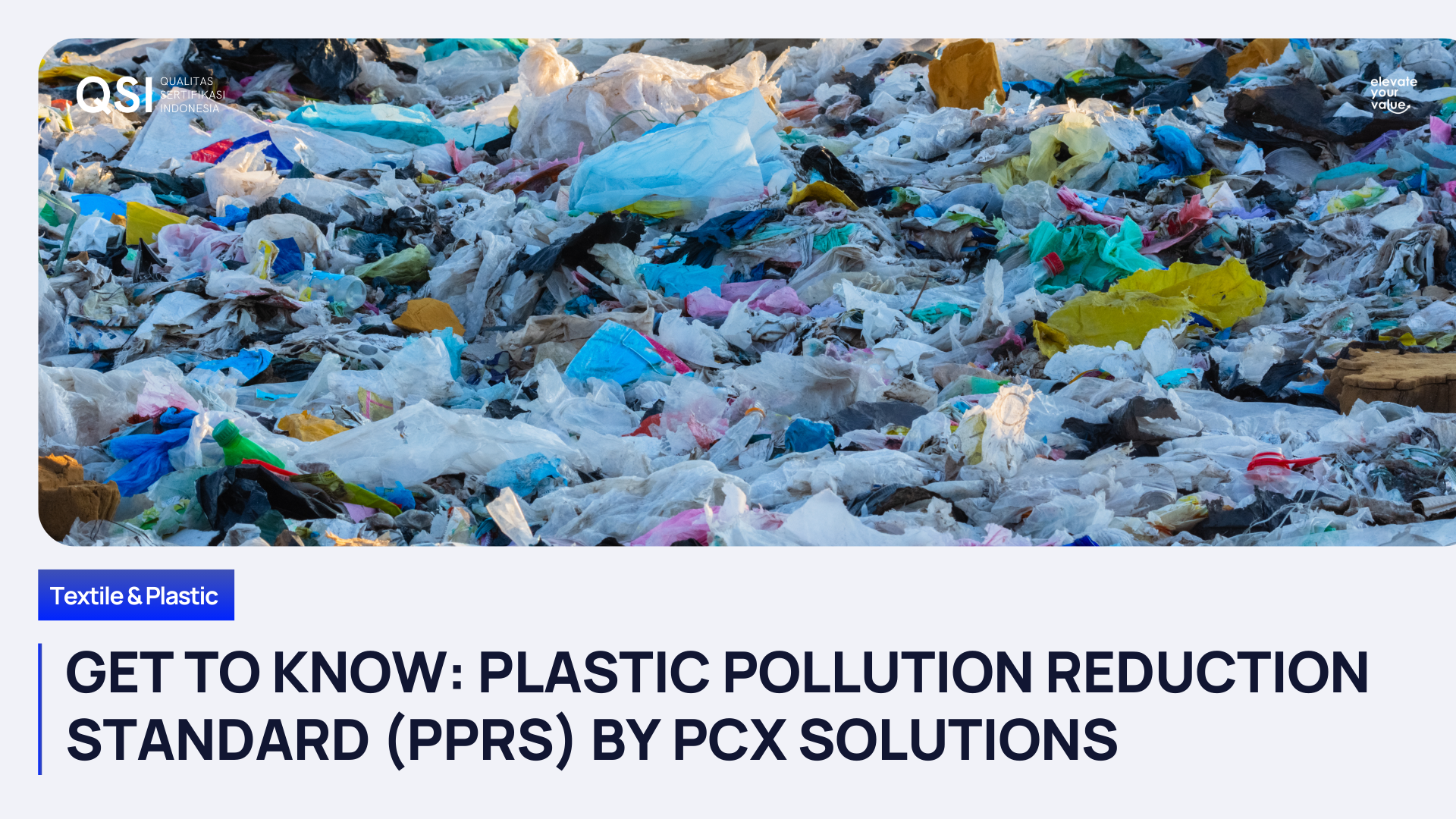
By Muhammad Imam Taufik
•
2024年12月9日
Plastic pollution is a big problem, but at the same time, it opens opportunities for businesses to innovate and lead in environmental care. Every year, 300 million tons of plastic are manufactured globally, of which only 9% are recycled . Single-use plastics make up 40% of that total production and often have very short lifespans, while their ecological impact persists. Amazingly, a truckload of plastic enters the ocean every minute, and by 2050, there will be more plastic in the sea than fish. Moreover, 73% of beach litter consists of plastic , and it is estimated that by 2050, 99% of seabirds will have ingested plastic. People consume approximately 70,000 microplastics unconsciously every year. Data presented reveals an urgent need for new business strategies, such as the Plastic Pollution Reduction Standard (PPRS) by PCX Solutions . Meet the PPRS PCX Solutions uses its unique Plastic Pollution Reduction Standard as a solution for plastic waste mitigation with concurrent economic returns. The design of the PPRS framework is to promote projects on post-consumer plastic recovery and reutilization via plastic credit issuance. These credits provide a valuable resource to help organizations achieve their sustainability goals and enhance their corporate social responsibility profiles. The principle of "additionality" ensures the activities credited are truly providing the desired plastic waste-reduction impact, which would not have occurred under the absence of the policy and program. Key Principles of the PPRS As indicated, the PPRS is centered around a set of core foundational principles that foster effective, reliable business practices: Conservativeness : Businesses must validate and verify their claims, favoring a conservative approach when in doubt. Transparency in methodologies is essential. Integrity and Consistency : Third-party validation ensures that business claims are applied consistently and appropriately. All impacts must be verified before plastic credits are issued, sold, or retired. Transparency and Traceability : Providing easy and practical public access to relevant information is crucial. This includes thorough documentation for Plastic Credit Certifications and Project Registrations. Additionality : Projects must operate in areas with high levels of plastic waste mismanagement, ensuring that activities are genuinely additional to existing efforts. Policy Interactions : The PPRS aligns with policies such as Extended Producer Responsibility (EPR). Businesses must adhere to the stricter of the applicable EPR policy and PPRS requirements where national policies exist. Continuous Improvement : PCX Solutions is committed to regularly reviewing and refining the PPRS to enhance environmental and stakeholder benefits. This involves benchmarking against international best practices and incorporating user feedback. Who Can Benefit from This Certification? The PPRS certification has its benefits for various organizations in the plastic waste management field, which includes: All the organizations that use or produce plastic waste in their activities : The organizations producing or handling plastic waste can work on enhancing their waste management practices and demonstrate their commitment to reducing plastic pollution. Recyclers : Companies involved in recycling processes can obtain recognition for their environmentally friendly business practices and increase their credibility in the market. Collectors : Organizations engaged in the collection of plastic waste stand to gain by confirming that their operations align with elevated environmental and social criteria. Upcyclers : Enterprises that transform plastic waste into new products are able to highlight their creative methods and commitment to sustainability benchmarks. Why Is PPRS Important? The introduction of the Plastic Pollution Reduction Standard represents a pivotal step towards finding solutions for the plastic problem. This standard allows for reliable certification that enterprises may apply to secure conformation with modern views on sustainability. For the organizations, PPRS certification extends beyond altruistic gestures as it has considerable benefits associated with it such as: Increased Brand Value : Showing strong commitment towards reducing plastic wastes resonates deeply with the people who take care of the environment, thus building customer loyalty. Keeping Up with Regulatory Developments : With governments around the world tightening the noose around plastic consumption, PPRS certification allows an enterprise to remain ahead of the game, at the forefront of compliance and innovation. Competitive Advantage : The certification of PPRS will permit a company to distinguish itself from the competition, highlighting its concern for sustainability. For businesses, the PPRS developed by PCX Solutions presents a critical opportunity to contribute meaningfully to substantial plastic waste management while concurrently enhancing their industry standing. By following these principles, companies can ensure their efforts have significant and beneficial outputs, showcasing their ability to innovate and lead in solving one of the most critical environmental problems facing humanity today. But PPRS participation is more than simple compliance-it's about capturing the opportunity to lead on corporate responsibility and industry innovation. To learn more about the PPRS, please visit our website or you can give us a call !
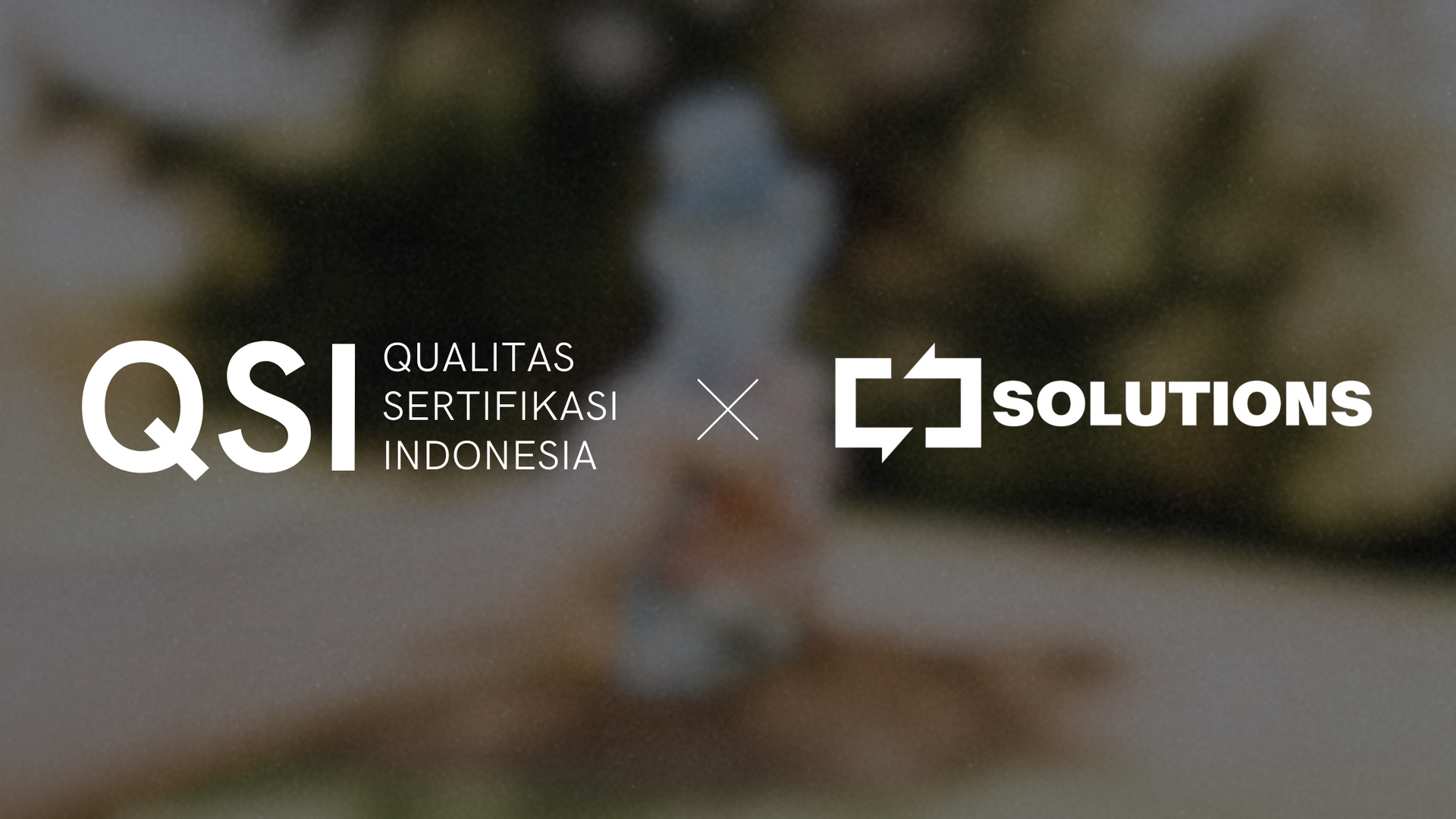
By Muhammad Imam Taufik
•
2024年10月28日
PT Qualitas Sertifikasi Indonesia is proud to announce its approval by PCX Solutions as a Validation and Verification Body (VVB) for the Plastic Pollution Reduction Standard (PPRS) . This approval allows us to conduct thorough assessments to ensure that projects aimed at reducing plastic waste meet the standards set by the Philippines-based organization. As an approved VVB, PT Qualitas Sertifikasi Indonesia will be eligible for validating and verifying plastic waste reduction and offset projects globally. This involves assessing the accuracy and impact of these projects, ensuring they align with the high standards of the PPRS. "We are excited to contribute to the growing momentum towards a more circular economy,” said Hilman Syehbastian , Textile & Plastic Program Coordinator at PT Qualitas Sertifikasi Indonesia. "This strategic development not only enhances businesses' offerings but also opens up new business opportunities in the rapidly evolving sustainability market. By being able to validate and verify their efforts in reducing plastic waste, businesses can effectively differentiate themselves and strengthen their market position while showcasing their commitment to sustainability." added Hilman. This new approval reinforces our commitment to providing trustworthy certification services, enabling businesses to align with specific standards while seizing new market opportunities. For more info, please visit www.qualitasertifikasi.com .
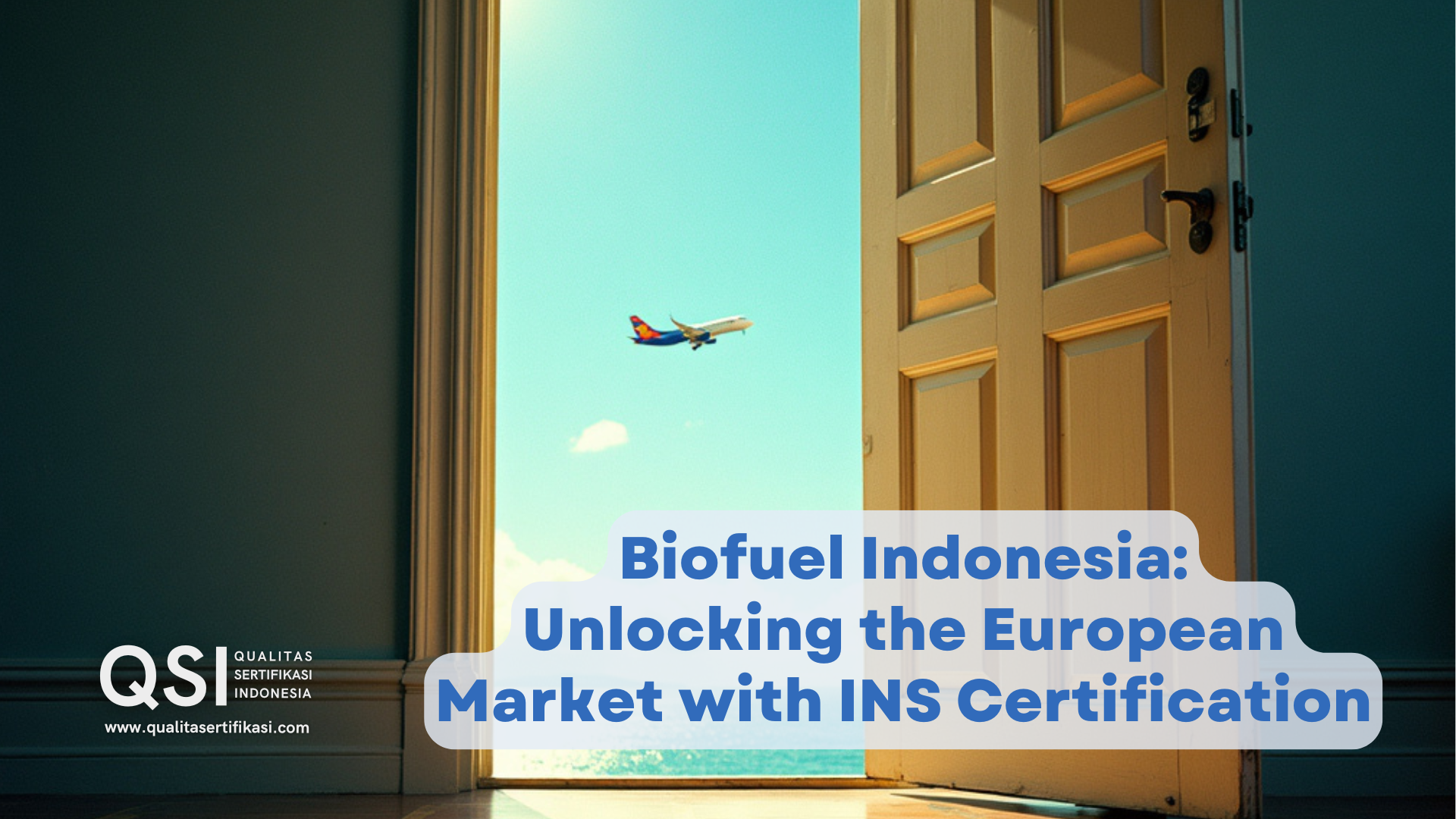
2024年9月9日
Indonesia sedang bergerak cepat dalam memajukan penggunaan biodiesel, baik untuk kebutuhan dalam negeri maupun ekspor. Bahkan, Indonesia ditargetkan menjadi produsen terbesar Sustainable Aviation Fuel (SAF) di ASEAN. Menurut Menteri Koordinator Perekonomian, Airlangga Hartarto, Indonesia akan menyuplai 5% kebutuhan avtur di kawasan tersebut. Program Mandatori Biodiesel yang selama ini dijalankan telah sukses, dan akan dilanjutkan dengan B40 yang siap diluncurkan pada Januari 2025. Semua ini bagian dari komitmen besar Indonesia dalam mendorong energi bersih dan mempercepat transisi energi. Di sisi regulasi, pemerintah juga telah menerbitkan beberapa aturan penting, termasuk Peraturan Presiden Nomor 98 Tahun 2021 tentang Nilai Ekonomi Karbon dan peluncuran Bursa Karbon (IDX Carbon) pada September 2023. Langkah ini diharapkan bisa menurunkan emisi gas rumah kaca hingga 100 juta ton CO2 pada tahun 2030. Serius banget, kan? Tidak mau ketinggalan, PT Pertamina Patra Niaga juga sudah mencapai tonggak besar dengan meraih sertifikasi ISCC untuk SAF serta produk energi terbarukan lainnya seperti minyak goreng bekas (UCO) dan hydrotreated vegetable oil (HVO). Ini artinya, pelanggan Pertamina sekarang bisa dengan bangga mengklaim pengurangan emisi karbon dari produk SAF yang mereka gunakan. Dan yang lebih keren lagi, terminal avtur di Ngurah Rai, Bali, sudah siap mendukung acara besar Bali International Air Show 2024 yang akan memperluas penggunaan SAF Pertamina di pasar internasional!
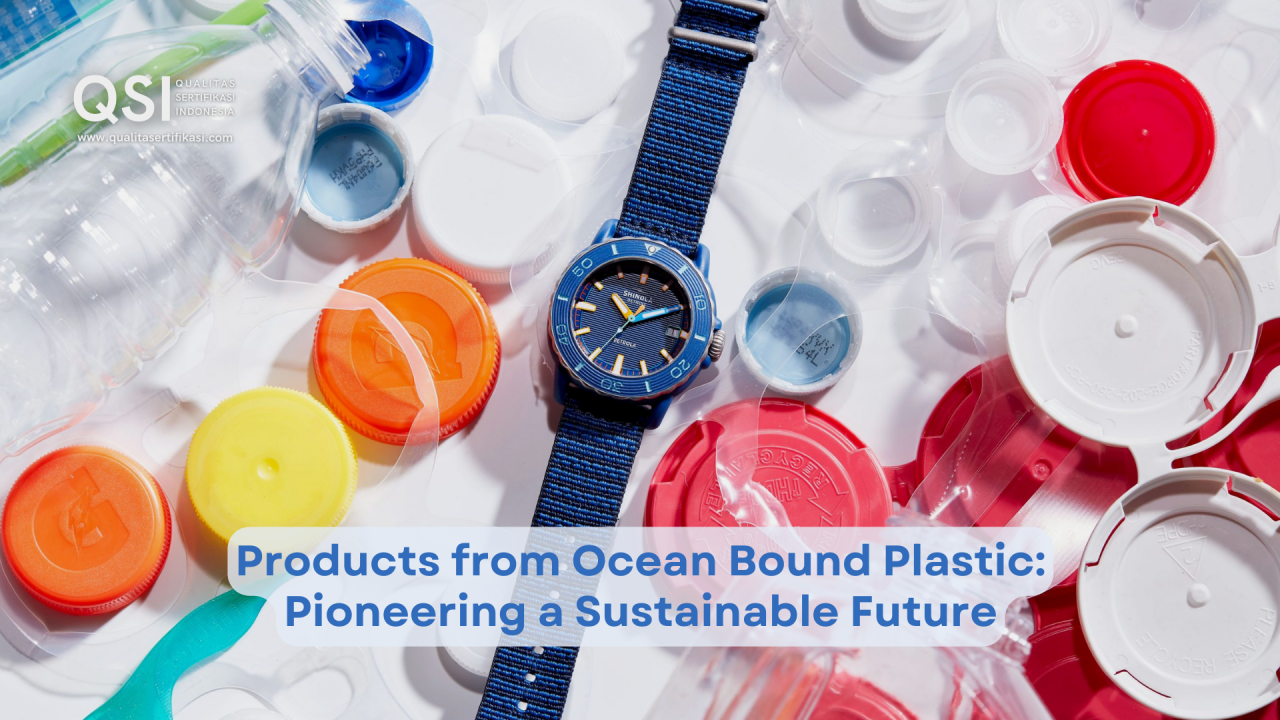
By Muhammad Imam Taufik
•
2024年7月25日
As the world grapples with the escalating plastic pollution crisis, innovative solutions are emerging from unexpected quarters. Ocean Bound Plastic (OBP) — plastic waste at risk of entering the oceans — is increasingly being harnessed as a valuable resource for creating new, sustainable products. This transformation is not only helping to clean our oceans but also driving a new wave of eco-conscious consumerism. Leading brands across various industries are incorporating OBP into their products, demonstrating a commitment to environmental stewardship and setting new standards for sustainability. This article explores several groundbreaking products crafted from ocean bound plastic, showcasing how businesses are turning environmental challenges into opportunities for innovation and market differentiation.
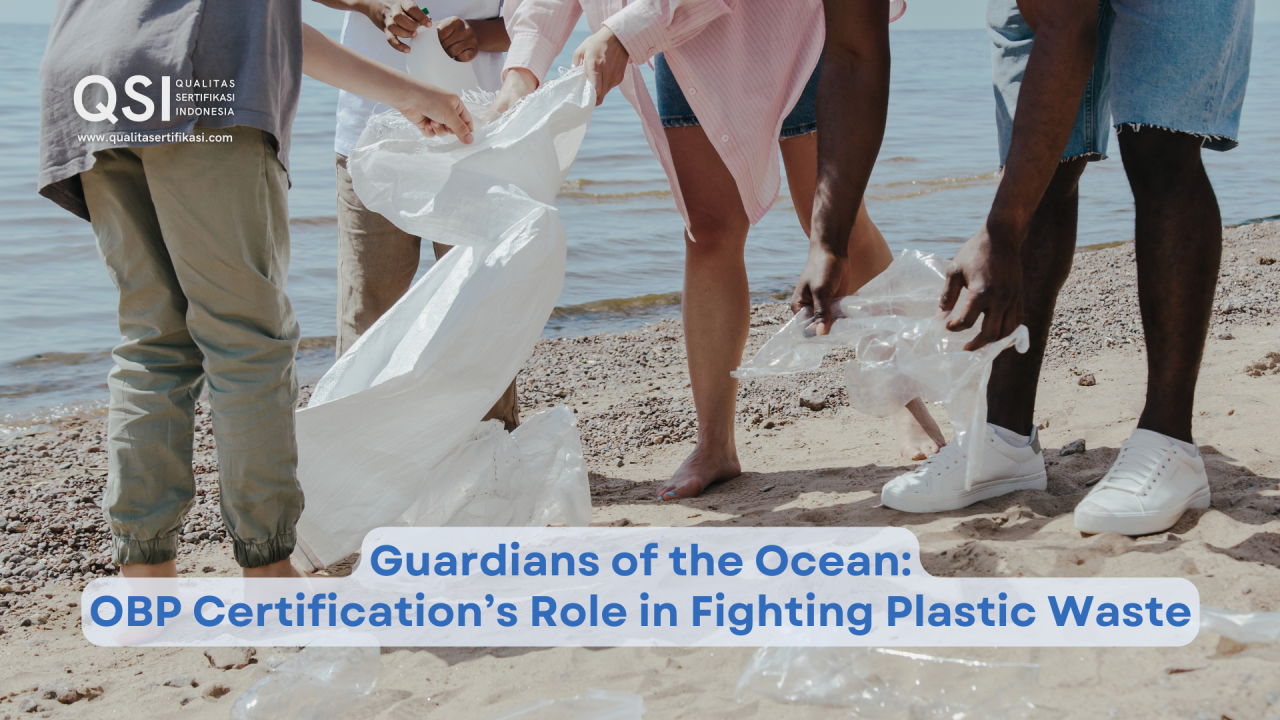
By Muhammad Imam Taufik
•
2024年7月25日
Mismanaged plastic waste refers to plastic materials that are not collected, recycled, or disposed of properly, ultimately ending up in the natural environment. This waste is a growing global crisis, with devastating consequences for ecosystems, wildlife, and human communities. Particularly concerning is the plastic waste located near rivers, coastlines, and shores, as well as the plastic already in the ocean that is accidentally caught using fishing gear. This article explores the specific impacts of mismanaged plastic waste in these vulnerable areas and how Ocean Bound Plastic (OBP) certification can address and mitigate these issues.
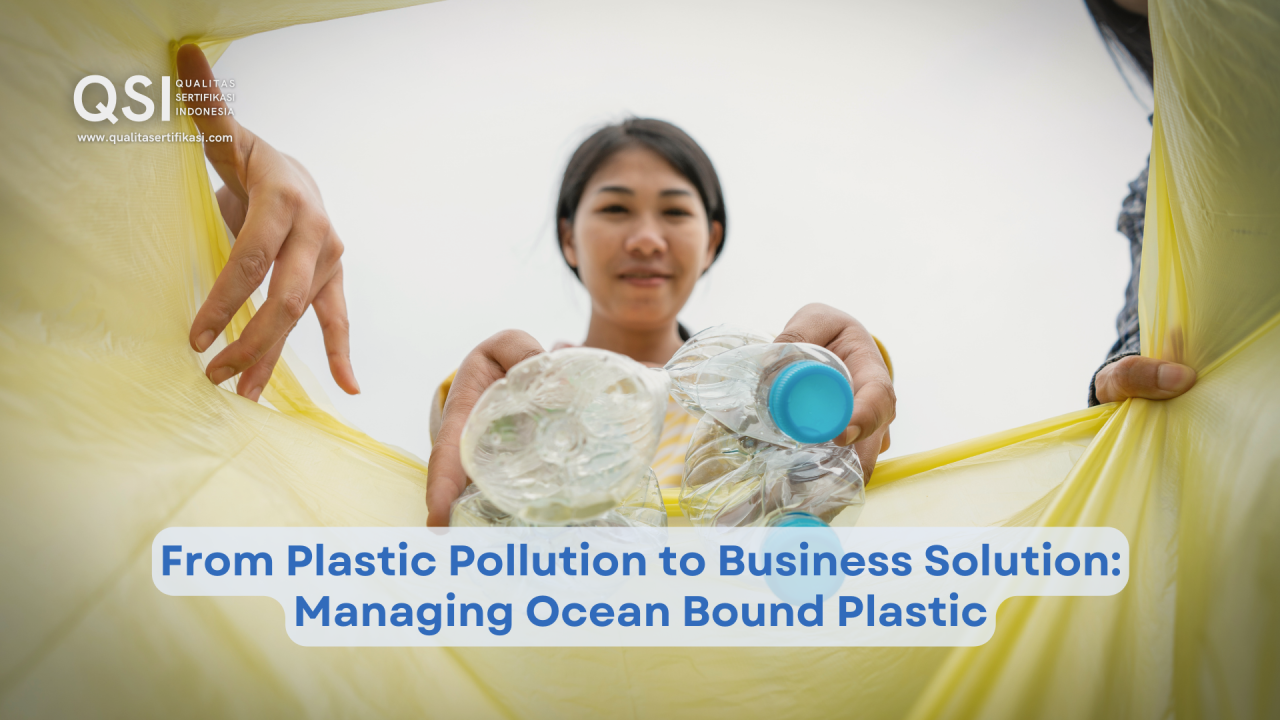
By Muhammad Imam Taufik
•
2024年7月25日
Plastic pollution, especially ocean bound plastic (OBP), has become a critical issue with far-reaching environmental, economic, and social implications. Each year, millions of tons of plastic waste find their way into the world's oceans, causing devastating effects on marine ecosystems, wildlife, and human health. However, what is often viewed as a monumental environmental challenge also represents a significant business opportunity. Companies across various industries are beginning to realize that managing OBP not only addresses a vital environmental need but also opens doors to innovation, market differentiation, and enhanced sustainability. Recognition Through Certification Achieving certification through standards such as the OBP Certification provides a business with global recognition of its commitment to managing OBP responsibly. This certification signals to consumers, partners, and stakeholders that the company adheres to rigorous environmental standards and actively contributes to reducing plastic pollution. Certification can serve as a powerful differentiator in the market, enhancing brand credibility and trust. Market Demand for Sustainable Products There is a growing consumer demand for products that are environmentally friendly and sustainably sourced . This shift is driven by increased environmental awareness and a desire to support companies that prioritize sustainability. Businesses that integrate OBP into their supply chains can tap into this market, offering products that appeal to eco-conscious consumers. Cost Savings and Resource Efficiency Recycling OBP can lead to cost savings by reducing the need for virgin plastic materials. Utilizing recycled plastics often requires less energy compared to producing new plastics, leading to lower production costs and reduced environmental impact. This resource efficiency can improve a company’s bottom line while enhancing its sustainability profile. Regulatory Compliance and Risk Management Governments and regulatory bodies are increasingly implementing policies to reduce plastic waste and promote recycling. By proactively managing OBP, businesses can stay ahead of regulatory requirements, avoiding potential fines and sanctions. Additionally, demonstrating compliance with environmental regulations can enhance a company’s reputation and reduce risks associated with environmental liabilities. Managing ocean-bound plastic presents a unique and compelling opportunity for businesses to contribute to environmental sustainability while achieving economic benefits. By embracing innovative solutions, sustainable practices, and strategic partnerships, companies can turn the challenge of plastic pollution into a driver of growth and differentiation. The potential of managing OBP from a business perspective is vast, offering pathways to market leadership, consumer trust, and long-term success in a rapidly evolving landscape. If you’re interested in learning more about how managing ocean bound plastic can benefit your business, please visit our website or contact us directly!
一般質問
電話番号
+62 21 29491946
本社
The CEO Building Level 12th,
Jl. TB Simatupang No. 18C,
Cilandak Barat, Cilandak,
Jakarta Selatan, DKI Jakarta 12430,
Indonesia
QSI の事例
クイックリンク
© 2025
インドネシアの認証品質
© 2025
インドネシアの認証品質



